Institut für Physik - Humboldt-Universität zu Berlin and Max-Born-Institut
Publications >>
Stretched-coordinate PMLs for Maxwell's equations in the discontinuous Galerkin time-domain method
Stretched-coordinate PMLs for Maxwell's equations in the discontinuous Galerkin time-domain method
M. König, C. Prohm, K. Busch, and J. Niegemann (2011)
Optics Express 19:4618
Summary (expand/hide)
The discontinuous Galerkin time-domain method (DGTD) is an emerging technique for the numerical simulation of time-dependent electromagnetic phenomena. For many applications it is necessary to model the infinite space which surrounds scatterers and sources. As a result, absorbing boundaries which mimic its properties play a key role in making DGTD a versatile tool for various kinds of systems. Popular techniques include the Silver-Müller boundary condition and uniaxial perfectly matched layers (UPMLs). We provide novel instructions for the implementation of stretched-coordinate perfectly matched layers in a discontinuous Galerkin framework and compare the performance of the three absorbers for a three-dimensional test system.
Default Region Image



